Big gulp
Understanding how oak trees respond to changes in water availability
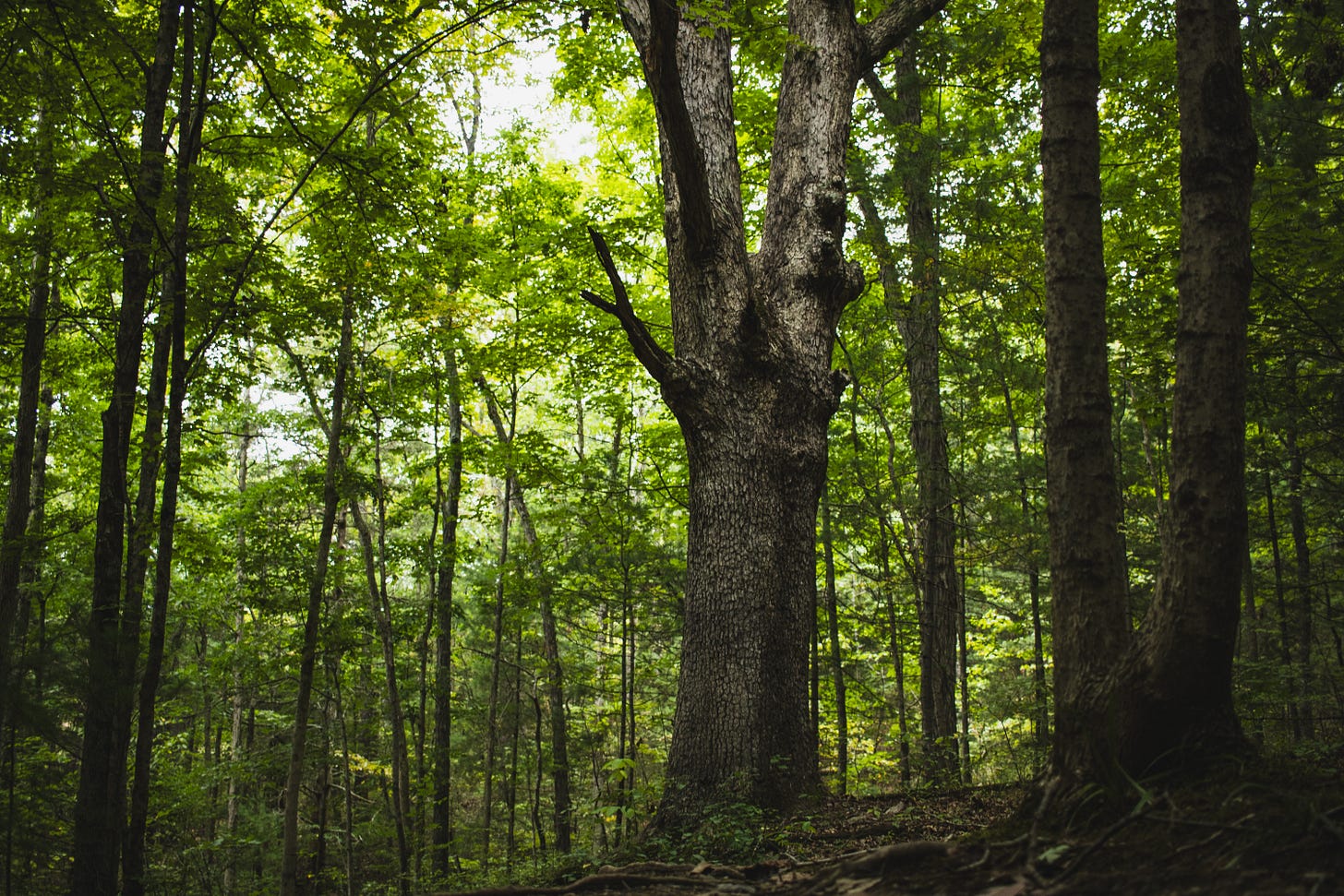
Oaks are important trees in the forests in North America. The oak genus (Quercus) accounts for over 20% of total tree biomass, 30% of total tree species, and oaks collectively sequester more carbon than any other group in U.S. forests.1 Which is all to say that oaks are vital to both the structure and function of these forest ecosystems.
Although they are important, oak species in North America are also experiencing changes. In many of our forests, changing fire, precipitation, and land use patterns are causing oak abundances to decline.2 This is probably only going to get worse as the climate changes. Future projections are predicting increases in both drought and flooding frequency in many parts of the U.S.3 This was the motivation for our study into how oaks respond to these changes in water availability.
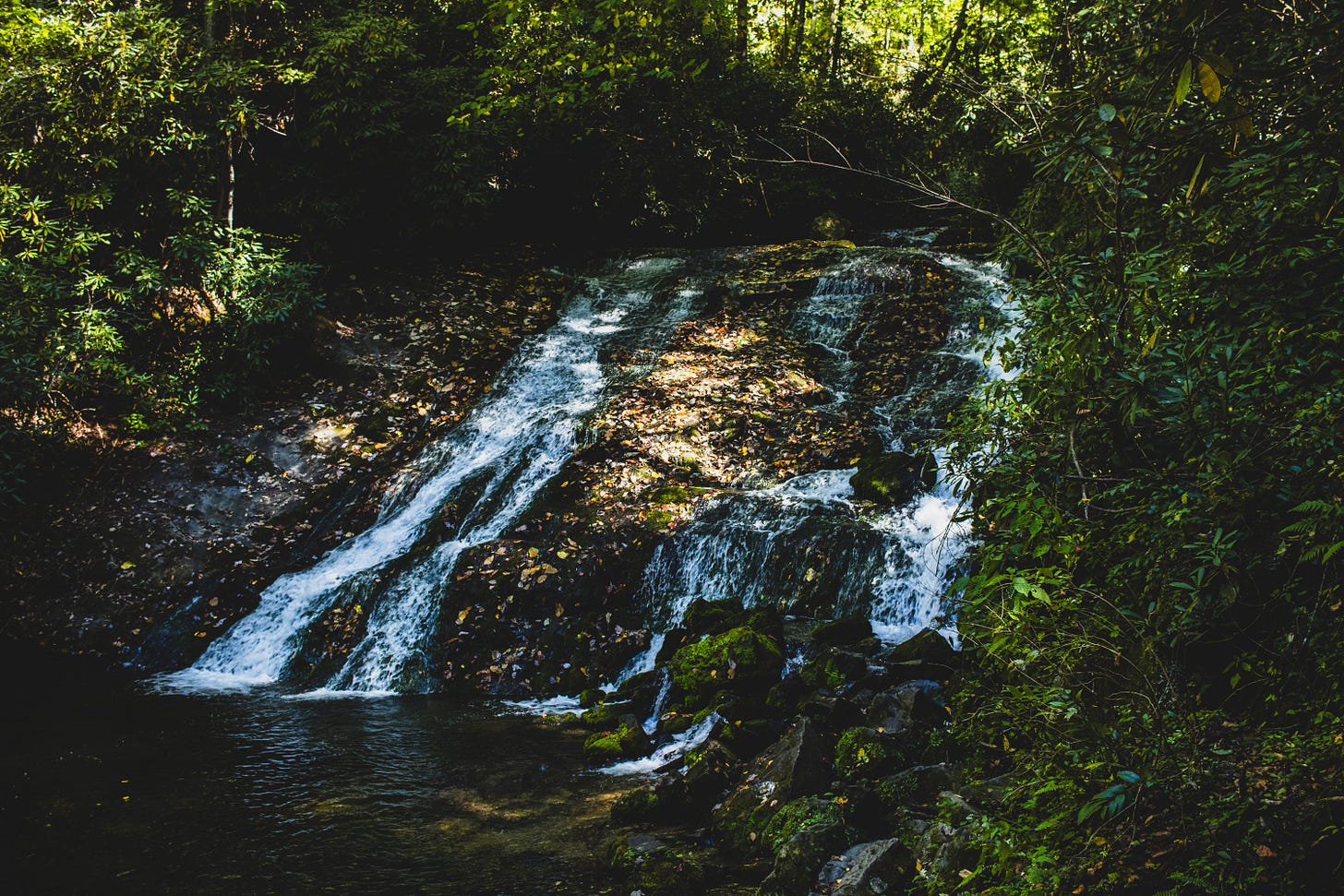
Instead of trying to look at every oak species in North America (there’s a lot of them), we chose two of the most common species - eastern white oak and northern red oak - as representatives of the genus as a whole. Then, we collected tree-ring samples from both species at 35 sites across the eastern half of North America (Figure 1).
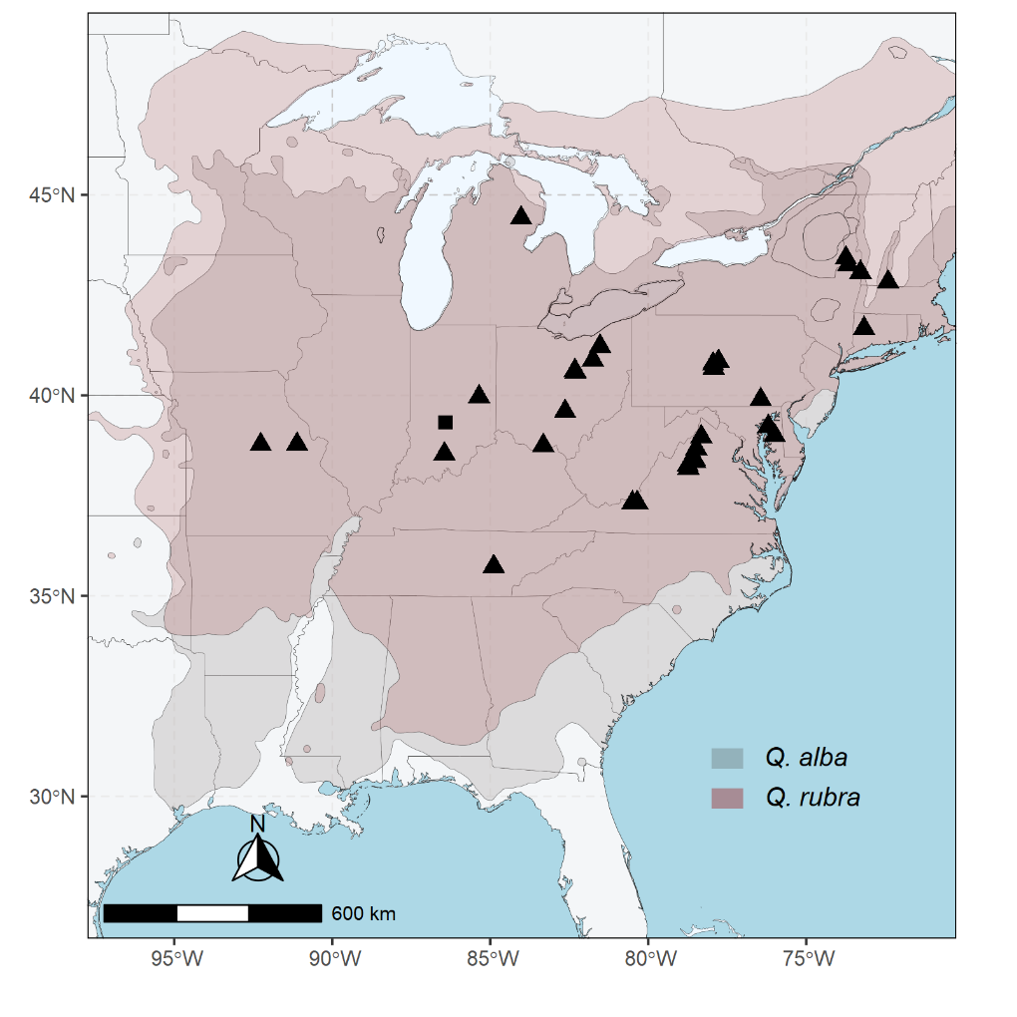
Our goal was to understand how water availability effects the growth of each species. Using tree rings (Figure 2) we looked at the influence of water availability on the total growth of both species, and also the sensitivity of growth to changes in that availability. Growth sensitivity can be thought of as the percentage that tree growth decreases when water is limited, and the percentage that it increases when water is highly available, relative to normal growth.
The figures below show how the growth of each species responds to the available water in the environment, but if you’re not the statistical figures type, there’s essentially two takeaways here. The first is that the growth of northern red oak increases and decreases more than eastern white oak in response to changes in water availability. The second is that although the total growth of northern red oak responds more, the growth of eastern white oak is more sensitive to changes in water availability, relative to its normal growth rates.
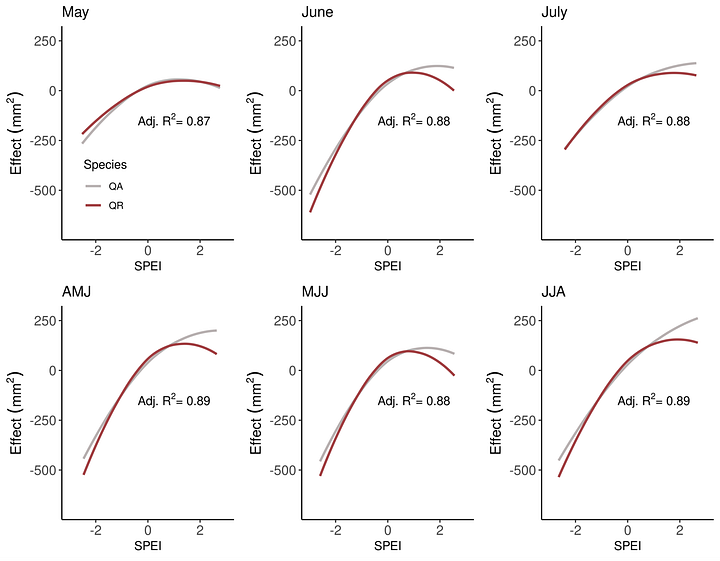
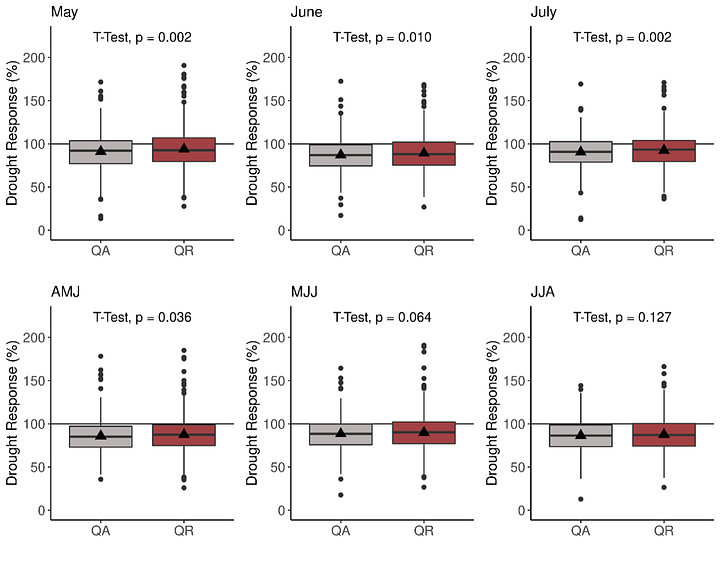
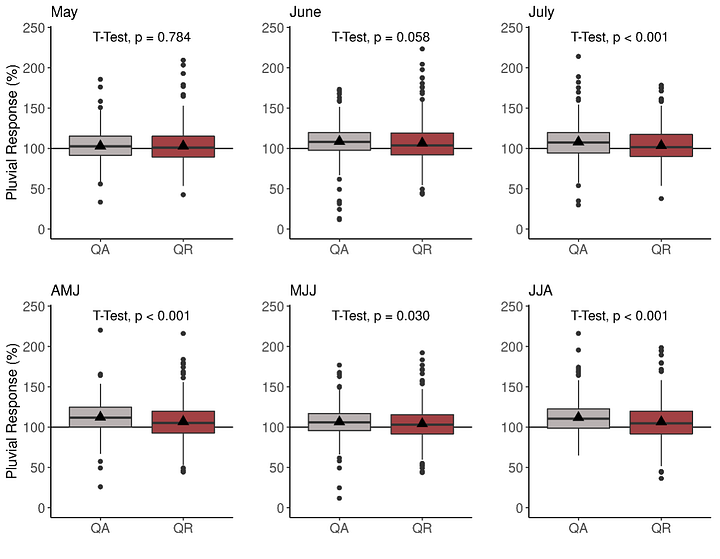
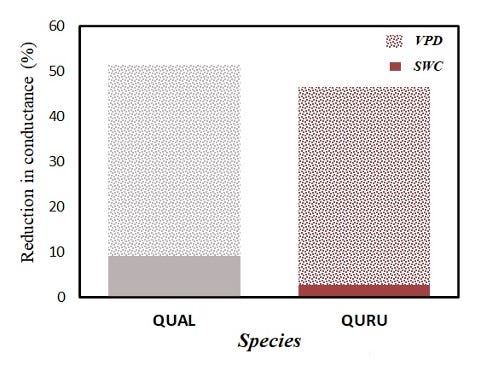
So, what does this all mean? The key point is that these two species respond differently to how much water is available in their environments. This might have to do with differences in how each species regulates the opening and closing of the microscopic pores on the surface of each leaf (stomata). These pores regulate how much carbon dioxide is pulled into the leaf for energy production, and how much water is lost as the pores are open. This process is key to understanding how trees respond to high water limitations, like during droughts. Different species have different strategies for when and how long to open their stomata, which can put them at greater or less risk to internal damage if droughts are extreme.
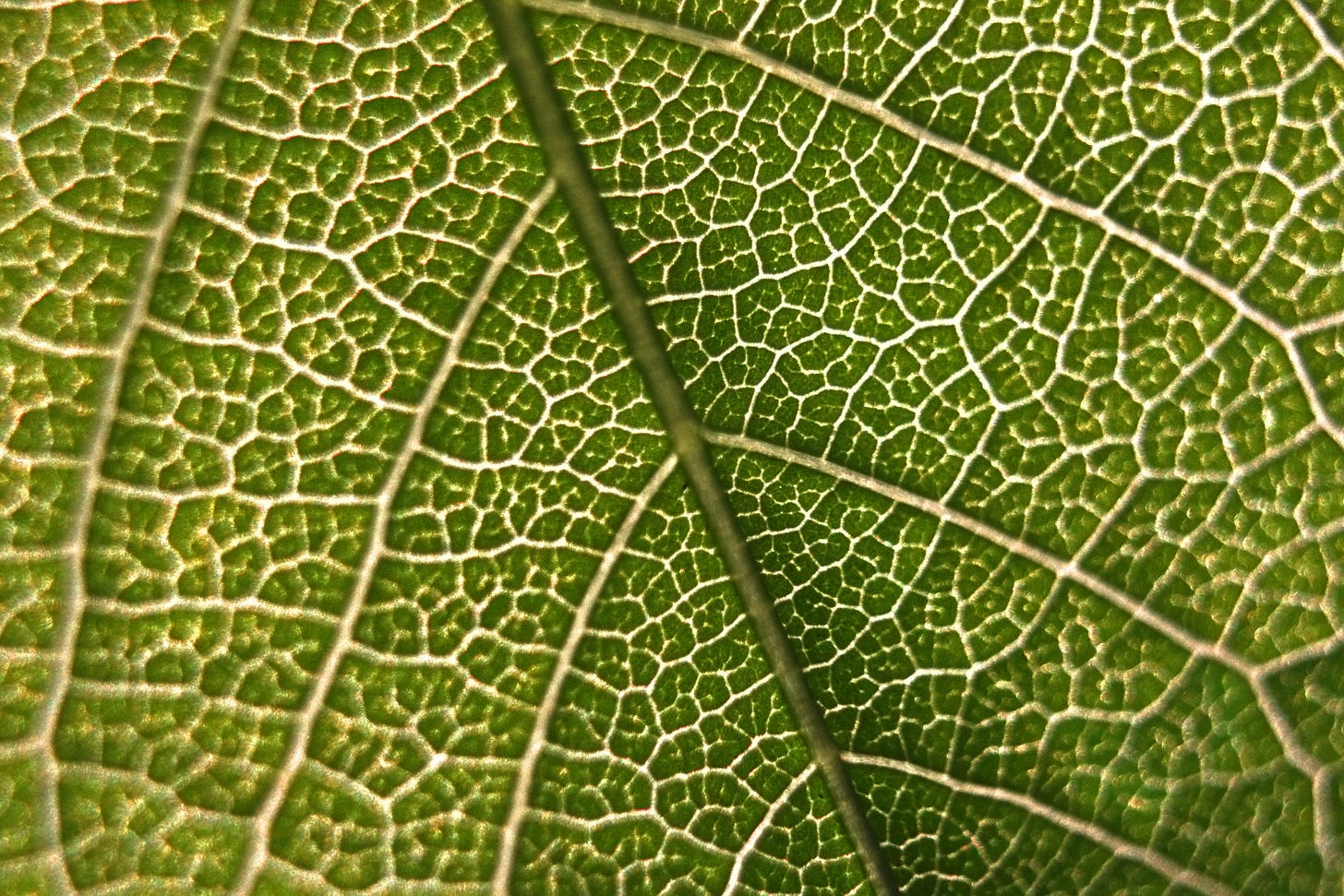
If different tree species have different strategies for dealing with changes in climate, then understanding these strategies is key for predicting how the species of our forests will respond to future climate change. These forests provide us with water, clean our air, produce timber, and are home to countless wildlife species. It’s crucial that we understand these dynamics to better protect these ecosystems that we rely on.
To cite this article, use the following:
Lockwood, B. (2023). Big gulp: Understanding how oak trees respond to changes in water availability. Brief Ecology Newsletter, 1. Retrieved from: https://benlockwood.substack.com/p/big-gulp
Original article:
Lockwood, B. R., Maxwell, J. T., Denham, S. O., Robeson, S. M., LeBlanc, D. C., Pederson, N., ... & Au, T. F. (2023). Interspecific differences in drought and pluvial responses for Quercus alba and Quercus rubra across the eastern United States. Agricultural and Forest Meteorology, 340, 109597.
Available at: https://www.sciencedirect.com/science/article/pii/S0168192323002885?dgcid=author
References
1Cavender-Bares, J. (2016). Diversity, distribution and ecosystem services of the North American oaks. International oaks, 27(27), 37-48.
2McEwan, R. W., Dyer, J. M., & Pederson, N. (2011). Multiple interacting ecosystem drivers: toward an encompassing hypothesis of oak forest dynamics across eastern North America. Ecography, 34(2), 244-256.
3Masson-Delmotte, V. P., Zhai, P., Pirani, S. L., Connors, C., Péan, S., Berger, N., ... & Scheel Monteiro, P. M. (2021). Ipcc, 2021: Summary for policymakers. in: Climate change 2021: The physical science basis. contribution of working group i to the sixth assessment report of the intergovernmental panel on climate change.


